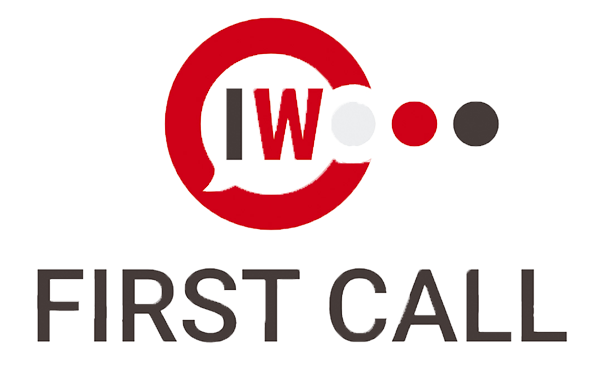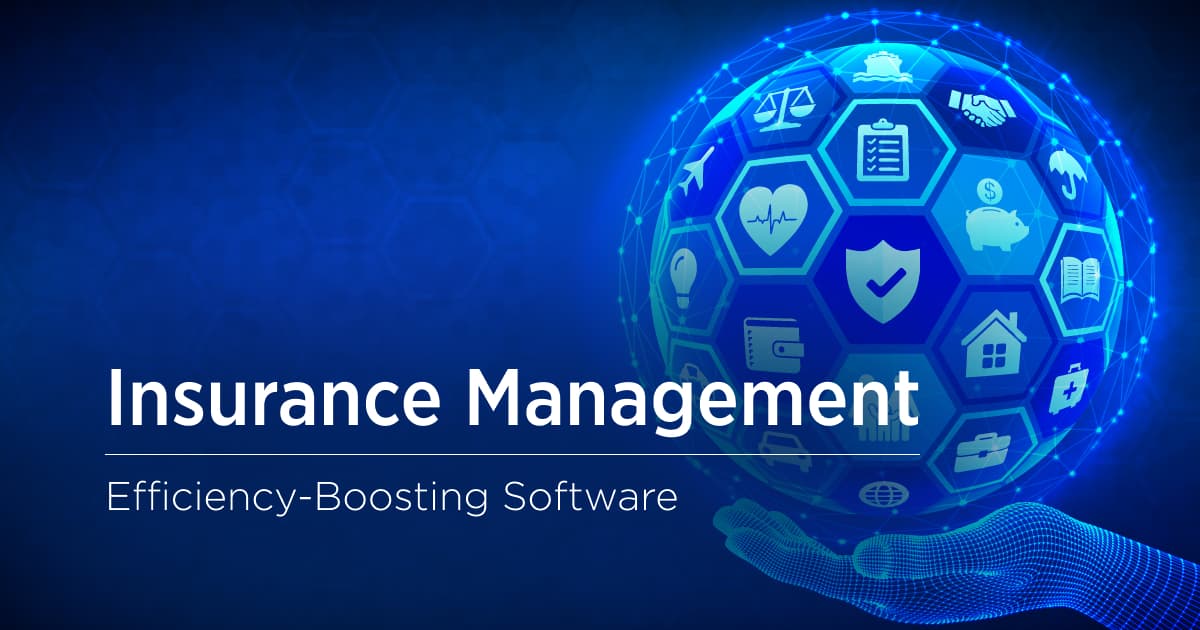The insurance industry finds itself at the dawn of a new technology-driven era. Artificial intelligence (AI) and automation are rapidly changing age-old underwriting processes, paving the way for improved efficiency, enhanced risk assessment capabilities, and an elevated customer experience.
Staggering statistics demonstrate the immense transformational impact AI is already having on this sector with operational efficiency increasing 60% alongside a 99.99% boost in claims accuracy and 95% improvement in customer satisfaction thanks to intelligent automation, according to Forbes. The global AI in insurance market size hit $4.59 billion in 2022 and is projected to reach $79.86 billion by 2032, representing a 33% compound annual growth rate. Underscoring insurers’ bullish outlook on AI, over 90% already implement machine learning techniques to streamline processes or plan to do so imminently.
As leading insurance carriers begin embracing these innovations, they ready themselves to fundamentally reshape how policies are priced, approved, and serviced.
Streamlining the Tedious to Refocus Human Expertise
Historically, the underwriting process involved endless manual reviews of applicant information to gauge risk levels and determine suitable premiums. Underwriters invested countless hours gathering and scrutinizing data from medical reports, financial records, driving histories, and a vast sea of other document sources.
The integration of AI and machine learning algorithms promises to significantly augment and automate many of these lower-value, repetitive tasks. This enables underwriters to free themselves from the chains of operational drudgery and refocus their attention on higher-value judgements and complex risk scenarios that leverage their expertise.
By efficiently ingesting and analyzing expansive datasets, AI systems can readily preprocess reams of applications and route those representing elevated risk to underwriters for additional examination. Rather than drowning under mountains of paperwork, human underwriters can better apply their specialized skills in targeted situations and become and increase productivity across the board.
Looking to streamline your underwriting process, or want to automate your document comparison tasks? Discover how an AI Document Comparison tool can help.

Making Predictions with Greater Precision While Accounting for Wider Variables
One of the pivotal roles underwriters have historically played is appraising the likelihood and potential financial impacts of prospective future loss events across a portfolio of policies. The more precisely insurers can predict these potential incidents and claims payouts, the more appropriate and dialed-in they can price policies to align revenues with risks.
Modern AI and advanced analytics techniques are strengthening insurers’ capabilities around risk scoring, forecasting, and predictive modeling. By thoroughly scrutinizing vast datasets encompassing loss history, economic fluctuations, changing demographics, and myriads of other variables, machine learning algorithms can derive key correlations and patterns difficult for humans to detect.
These insights allow carriers to segment policyholders and match premium levels to risk gradients with greater precision than ever before. As the datasets and algorithms improve over time, so too will the accuracy of loss predictions across the underwriting portfolio.
Delivering Personalization and Convenience to Meet Modern Consumer Expectations
Today’s insurance consumers have come to expect highly personalized product offerings delivered through technologically advanced channels emphasizing convenience. An AI-powered automated underwriting engine allows carriers to tap into massivedatasets of behavioral and contextual policyholder data and serve up tailored policies aligned to each customer’s distinctive risk profile.
By processing huge volumes of data at incredible speeds, AI systems enable straight-through processing of certain policies with minimal human involvement. This creates a frictionless, expedited experience for qualifying applicants. Rather than getting waylaid answering intricate questions and gathering paperwork, customers enjoy near-instant application decisions and lightning-fast fulfillment.
The Next Phase of Evolution: Leveraging Real-Time Data for Ever More Dynamic Pricing
As AI and automation continue maturing in tandem with expanding real-time data ecosystems, underwriting decisions can progressively factor in the latest contextual inputs from wearables, smart homes, autonomous vehicles, and billions of other connected devices. This will facilitate increasingly dynamic and personalized policy pricing based on near real-time customer behaviors and risk profiles.
Rather than a replacement for seasoned underwriter know-how, AI should be viewed as a tool to augment existing human strengths. While algorithms handle the heavy data processing loads, underwriters can devote their energies towards nuanced judgement calls involving complex risk trade-offs. This symbiotic man-machine relationship will serve as the core catalyst propelling the insurance industry’s next phase of innovation.
Optimizing Coverage Options and Pricing Structure Alignment
In addition to simply pricing policies accurately based on predicted risk levels, insurers also face the challenge of aligning their coverage options and premium structures to best meet customer needs across a range of both simple and sophisticated products.
Here too, AI is demonstrating immense utility through its capacity to rapidly analyze immense datasets encompassing claims patterns, loss ratios, actuarial tables, demographics, psychographic segmentation, and a vast ocean of other variables. This data-fueled intelligence allows carriers to optimize everything from coverage tiers to deductible levels to discounts and surcharges.
The result is an ability to craft tailored product sets addressing the priorities of specific customer subgroups with greater precision. AI provides insurers with the processing muscle to slice and dice their market into finer segments and align policy product components to the preferences of each niche with appropriate pricing levels calibrated to projected loss costs.

Compliance Assurances Through Comprehensive Data Audit Trails
As insurers increasingly rely on data-driven AI systems to execute critical underwriting decisioning, the maintain robust audit trails demonstrating compliance with regulations and sound actuarial principles grows in importance. Comprehensive data and process documentation serves as proof that all machine-driven decisions adhere to acceptable practices.
Fortunately, advanced AI platforms provide exactly this kind of meticulous audit tracing capability. Leading enterprise solutions record every data touchpoint, variable weighting, and intermediate calculation on the pathway to an approved or denied underwriting outcome. These full fledged transparency capacities not only ensure carriers remain in good standing with regulators, but also help data scientists retrace steps if any model issues emerge requiring tweaks or retraining.
Strengthening System Resilience Through Rigorous Performance Monitoring
Like any technology implementation, even the most advanced AI underwriting engine requires careful quality assurance controls and performance monitoring to fulfill its ongoing potential. Without meticulous tracking of metrics such as decision accuracy rates, system uptime, and output consistency, the reliability of automation solutions can decay over time. This heightens the odds of flawed judgements and coverage disputes.
However, by instituting vigorous monitoring protocols and retraining protocols informed by the latest underwriting data flows, carriers can preemptively reinforce the resilience of their AI ecosystems. Performance dashboards also grant insurers visibility into the payback on their automation investments by documenting efficiency gains, risk model enhancements, and other tangible system benefits over time.
As AI assimilates deeper into the fabric of insurance underwriting, carriers can stay one step ahead of potential reliability issues through steadfast system governance and continuous performance optimization geared for long-term sustainability.
Conclusion: The Future is Now for AI in Insurance Underwriting
The scope of AI’s transformative power across the insurance underwriting discipline cannot be overstated. Leveraging an ever-broadening fusion of data, analytical sophistication, and automation capacity, AI has catapulted underwriting from its manual paper-based traditions into a new era of efficiency, precision, and customer-centricity. Ready to harness the power of AI for your insurance underwriting? Discover how our BPO services can streamline your operations with cutting-edge technology.
Carriers and insurance companies that continue aggressively adopting these leading-edge capabilities position themselves at the industry’s innovative vanguard. By both streamlining their operations and sharpening their risk predictions, these technological pioneers set the stage for sustaining competitive separation. Meanwhile, the future remains filled with promise as AI and automation continue progressing in lockstep with a proliferating data universe. The next chapter of evolution already teems with possibility—and the future is now for insurers ready to seize it.






